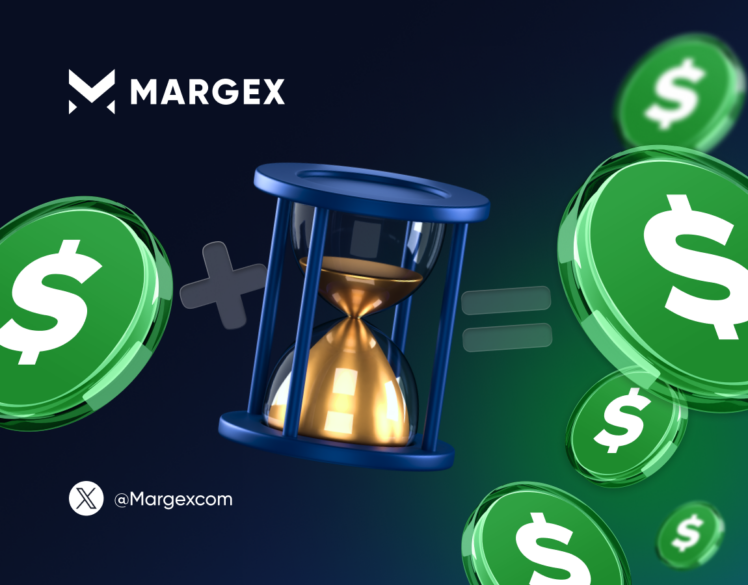Amazon and Walmart Eye Launching Stablecoins As US Senate Considers "Genius Act"

Amazon and Walmart, two giants in the global retail trade, are reportedly planning to launch their own dollar-pegged stablecoins, allowing their customers to use them for payments. The Wall Street Journal reported the news. This would help the retail behemoths to bring down transaction costs and increase financial control within their ecosystems. Besides, it would allow them not to pay interchange fees to credit card companies they collaborate with, such as Visa and Mastercard.
Amazon and Walmart seek to launch stablecoins
The WSJ reports that both companies are currently evaluating their options in the cryptocurrency market. That both companies are currently conducting confidential talks with their financial partners and policymakers to evaluate the potential impact of digital currencies on the speed of transactions. This comes right at the time when the US Senate is considering a bill that would enable private companies to issue their own stablecoins.
This move could signify a massive advancement in the way traditional retail platforms look at blockchain technology and crypto-powered finance these days. Both Amazon and Walmart have strong positions in the retail market and could adopt a wide stablecoin utility not only in their collaboration with customers but also to integrate them with their logistics and inventory systems.
This initiative has emerged at a notable pivotal point. The Senate is discussing the so-called “Genius Act” as part of the ongoing regulatory developments in the crypto space. “Genius Act” is expected to address several regulatory developments concerning stablecoins., which is aimed at regulating stablecoins, and, if approved, it would also allow companies, banks, and other entities to issue their own stablecoins, thus bypassing traditional financial systems. This act would also protect users by establishing strict reserve, transparency, and consumer protection requirements for any firm that decides to mint its own digital token pegged to the US dollar, which aligns with the regulatory developments in the stablecoin sector.
The news report about Amazon and Walmart shows that these two retail titans are ready to engage with lawmakers and regulators to streamline their entry into the cryptocurrency space. Back in 2022, rumors circulated in the crypto space about Walmart and Amazon’s stablecoin ambitions. Walmart making preparations to issue its own cryptocurrency and NFTs, which could enhance its e-commerce capabilities. But it never happened at that time. Now, the retail giant is approaching this issue at a totally different angle. Besides, both companies, if they indeed opt for launching their own crypto, would pose a serious challenge to traditional credit card service providers and their payment system infrastructure.
Besides, if they manage to integrate their stablecoins into their ecosystems successfully, Walmart and Amazon would potentially save billions in annual income while streamlining their payment systems.
USDC goes live on the XRP ledger
In the meantime, another major development has occurred in the stablecoin front this week, as companies like Amazon mull over their options. USDC, the second-biggest stablecoin after Tether’s USDT, went live on the XRP ledger. On June 12, Circle, the company responsible for issuing USDC, announced that USDC is now running on the XRPL, Ripple’s open-source blockchain protocol.
This marks a strategic expansion of USDC and the continuation of its multichain strategy, and the growing bridging between major blockchain networks.
RippleX’s post on Twitter (a retweet of a post by Circle) revealed that this USDC rollout on the XRPL intends to attract fintech developers, financial institutions, and enterprises focused on real-world asset tokenization, DeFi apps, and compliant payments. XRPL will give USDC users low transaction fees, fast settlement, and a quickly expanding set of DeFi tools that will boost USDC’s utility for users and developers, making it a strong competitor in the e-commerce sector.
Notably, the Ripple-USDC story started earlier than this USDC launch on the XRPL. Before that integration, Ripple made an offer to buy Circle first for $3-$5 billion, and then, after receiving a rejection, it raised the bid to $20 billion to lay its hands on the company and its USDC stablecoin. But Circle’s board of directors still chose to reject those acquisition attempts.
That occurred right before Circle launched its initial public offering (IPO) on the NYSE and Nasdaq under the ticker symbol CRCL. The IPO proved to be a success, allowing the company to raise more than $1 billion in capital, thanks to the stock price quickly surging during the first week of trading. Circle’s valuation spiked over $6.5 billion, marking high investor confidence in its stablecoin-focused business, while the broader cryptocurrency market remains quite volatile.
Ripple attempted to acquire Circle shortly after launching its own dollar-pegged Ripple USD stablecoin (RLUSD). Gaining control over USDC would have brought Ripple access to this popular stablecoin and its large institutional customer base and would have allowed it to enter multiple integrations with financial institutions, which will otherwise take Ripple years to achieve.
Many believe that during the next few months, the US government is likely to announce its final stance on stablecoins and their regulation, impacting major players like Walmart and Amazon. Should Amazon and Walmart indeed decide to launch their USD-pegged crypto, it seems that will be the perfect timing to do that.


